Destiny 2’s Lightfall one year on: Repairing the expansion that broke everything
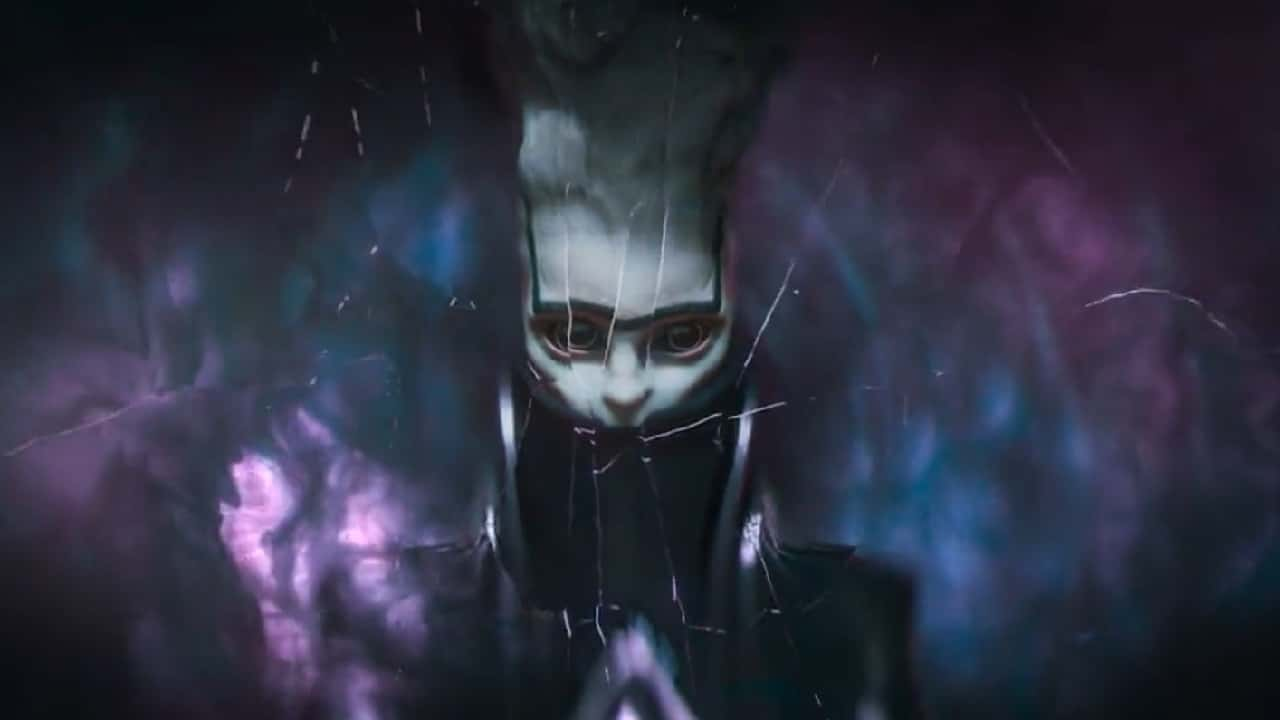
Destiny 2: Lightfall is a year old, and the game is heading towards some kind of conclusion with The Final Shape. However, what should be an exciting time is one of the lowest points in franchise history. How did this happen?
Destiny 2: Lightfall came out a year ago. If it feels like there should be a pregnant pause followed by a bit of a sigh there, you’d be justified. If you’ve been playing Destiny 2 over the past 12 months, or merely following the game through social media and the news, you might have done it subconsciously.
Lightfall and the year following, have been a disaster for the game – that’s even the case when the expansion itself and seasons have been mostly ‘fine’. There have been some genuine high moments. Strand is an excellent subclass, Season of the Witch’s story was strong and set up a fascinating future, Warlord’s Ruin is an excellent dungeon, and Crota’s End has gone from a meme-status raid in D1, to an excellent revival.
Even with the Lightfall campaign’s narrative fumbles, the base expansion is far from the worst ever in terms of content. Even excluding Curse of Osiris (which was more of a season), Shadowkeep is a far more threadbare expansion compared to Lightfall. However, a year on from Shadowkeep, the Destiny community still felt intact.
Why, then, does everything feel so grim this time? Why is Lightfall’s legacy, a year later, associated with a sense of hopelessness in the community? Well, that’s just it. The year of Lightfall is the year the franchise lost a spark that’s been so important to it since it launched nearly a decade ago.
Make or break
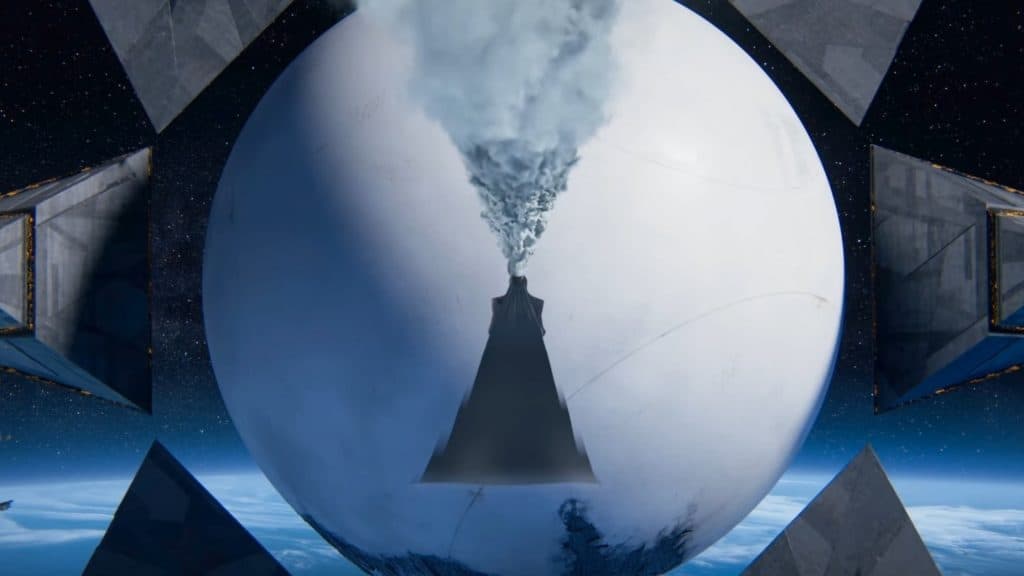 Bungie
BungieEver since Destiny launched in 2014, it’s always had a certain something to it. Even when it first launched to mixed reviews, there was an aura around Destiny that hinted at the long life the franchise would go on to have.
It had this overwhelming sense of potential. A spark that could be nurtured. And Bungie, to their credit, honed that. The Taken King famously changed the game’s fate after a dodgy launch and ushered in one of the most beloved periods in Destiny’s history.
And then the exact same thing happened again. Destiny 2’s launch was heavily criticized by the community until its first major expansion, Forsaken, came out and suggested a bright future for Destiny once again. Since then, this cycle has persisted, with the game yo-yoing from the good and bad times. Things got heated in the community at various expansions and seasons, but Destiny 2 would always recover. Looking back, it’s almost comical how reliable the cycle of peaks and troughs was for each major release.
This was summed up in an ongoing community joke that whatever season or expansion was coming up next, it would be “make or break” for Destiny. This was mocking various creators who predicted a fall that never came.
However, what was once a joke now feels a lot more stark. Saying The Final Shape is make or break for Bungie feels like a far more stone-faced proposition this time around. No one is joking or smiling anymore. It’s all gotten very real all of a sudden.
So, what changed?
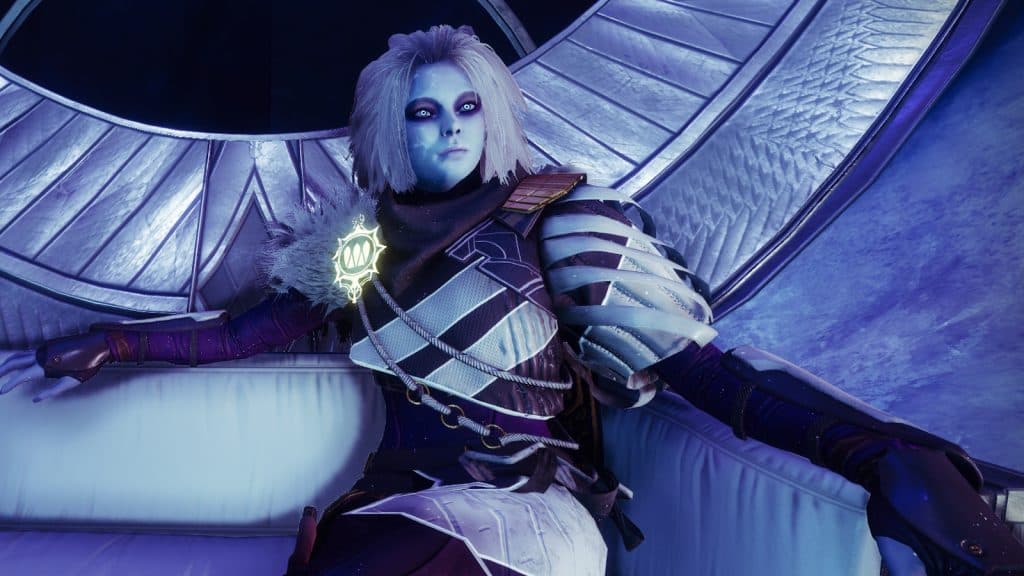 Mara Sov has fully dedicated herself to Guardian efforts this season.
Mara Sov has fully dedicated herself to Guardian efforts this season. As stated, there have been many of these moments in Destiny’s history where it seems like everything has been lost. But in the back of your head, there was always this feeling that Bungie would always pull it out of the bag in the end – because they always had.
That hope has been slowly extinguished throughout Lightfall’s year, though. That beaming, ever-present feeling of potential that defined the franchise finally has begun to feel cold.
Things had started so bright for Lightfall, too. When it launched, it broke its concurrent player record on Steam, making it the most popular Destiny 2 has ever been. However, by essentially taking a sidestep in our ongoing war with The Witness, and tying itself up in confusion about the nature of the very important, but never-explained Veil, the campaign fumbled harder than it ever had before. As I wrote then, “This was Destiny’s moment to speak clearly and plainly, but instead, it retreated to mystery and obfuscation once again.”
This quickly deflated the community hype, which then became worse when the Root of Nightmares raid didn’t satiate the top player’s needs for a Day One raid experience. Since then, the tired seasonal construction has caused player counts to slowly drip away.
There’s nothing even particularly wrong with this year’s seasons, either. Season of the Witch was great, and even seasons like the current Season of the Wish, content-wise, aren’t much worse than other, more beloved ones such as Season of the Splicer or Seraph. They are all comparable in size and content. But this seasonal model of weekly storytelling has been going since the launch of Shadowkeep. That was almost five years ago.
There was once a sense of ‘anything can happen at reset’. That’s been replaced with an exceedingly predictable seasonal structure. We’ve learned the story beats over the last few years. We used to wonder what new seasons would be like – now, before one launches, there’s close to no guesswork. The audience sees past the magic trick of an evolving world and sees all the gears and systems that keep the machine running. Once that illusion is broken, that potential for magic fades away to predictability.
This isn’t a new problem. This has been plaguing Destiny for three expansions or so. While the burnout on it is higher than ever, the game can survive players being a little down on its current state. This time, though, it’s everything else going on outside the world of our Guardians that’s the real issue.
Sweet business
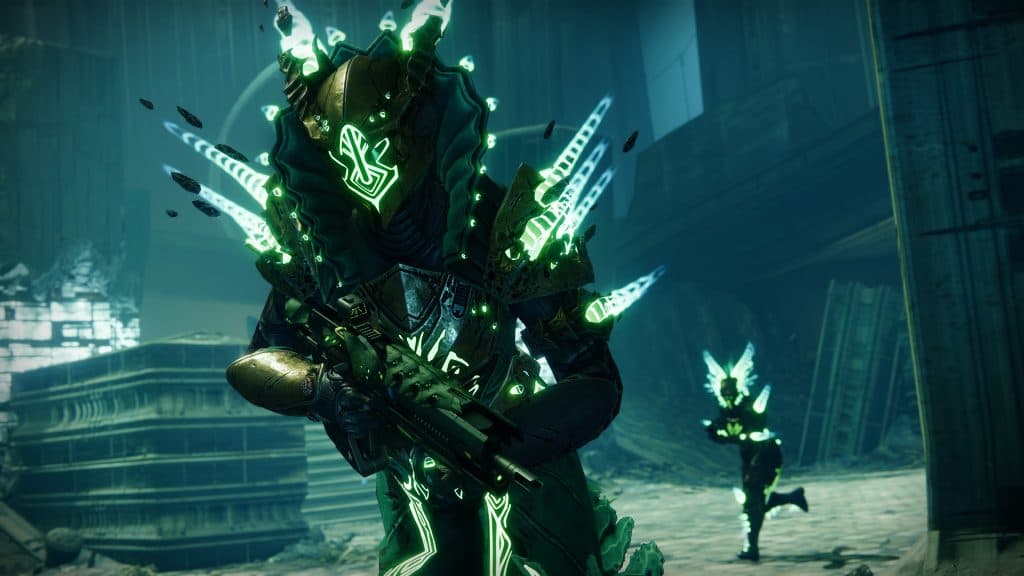 Bungie
BungieFor a lot of people, myself included, there was once this notion that ‘Bungie was different’. They walked the walk on social issues, they were very loud about trying to manage burnout, and the developers who worked there often advocated for the culture at the studio. In my defense, I believed that because I know people at Bungie, and they’ve told me to my face. There was a sense of caring for human beings presented outwardly and inwardly.
However, cracks started to show. A report from IGN a couple of years ago suggested that Bungie devs had issues with management and aspects of its culture. However, Bungie promised to change, and that work had already started.
Then Bungie was bought by PlayStation. The fiercely independent studio was once again under ownership. But it was said it would all be different this time. PlayStation would let Bungie have autonomy. In fact, Bungie would be guiding the live service initiative PlayStation would be going all in on.
Fast forward, and this marriage of Bungie and PlayStation has proven to be a headache for all involved. Sony has now all but abandoned its live service plans, and Bungie is reportedly in trouble. According to Bloomberg, the company missed projection on Lightfall by 45%, and Sony could be on the brink of stepping in and taking direct control of the studio’s management (via IGN).
“One of the good ones”
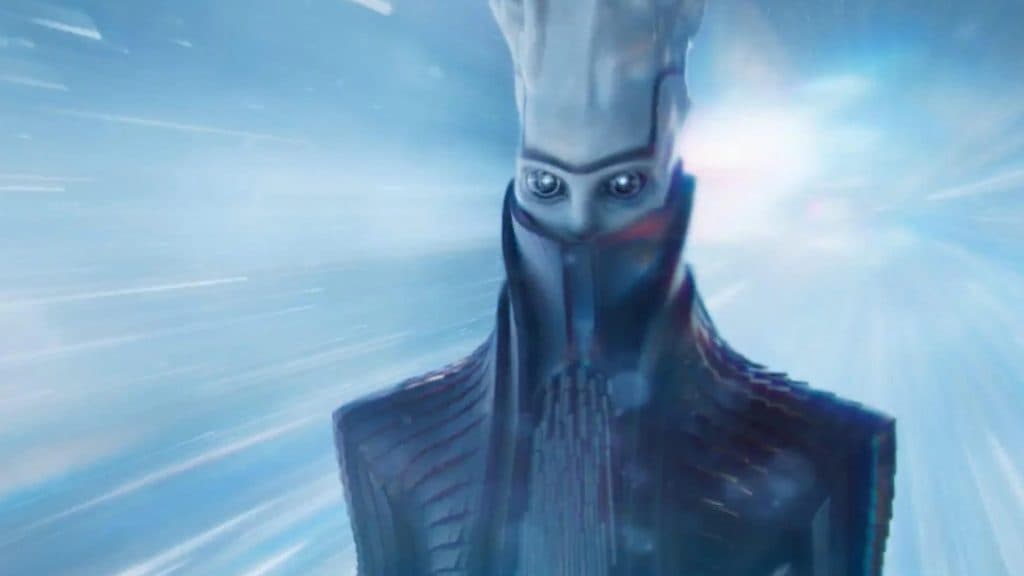 Bungie
BungieHowever, that’s all business. What really broke the illusion of Bungie as ‘one of the good ones’ for the community was the brutal layoffs in October last year. Amongst the 100 employees let go were many public-facing employees, and it seems that the timing meant that many couldn’t receive benefits, on top of being just before the holidays.
Bungie stopped feeling like an aspirational business and just went back to feeling like any other – one that could be particularly ruthless at that. That sense of community evaporated overnight. This news of managerial mishandling of the studio came on top of all the in-game problems with the game, too.
This is all happening at the worst time. To go along with the layoffs, The Final Shape also received a multi-month delay (the expansion was meant to be out this week.) Usually, this is fine. There’ve been delays in Destiny’s past, and with The Final Shape, the concluding chapter of a 10-year story, you have to get it right. You’d also like to avoid crunching developers who have already lost colleagues and are uncertain about their own future.
However, even with that being the case, The Final Shape is still four months away, and the game is out of meaningful content until then, past whatever the Into the Light update brings. Destiny 2 is already at an all-time low player count (at least on Steam via SteamCharts), with no real way to course correct until June. Instead, everyone is left twiddling their thumbs and stewing in the effects of the last year. We’re in a void of negativity, left to marinate in poor community sentiment towards the game and Bungie management.
With a cocktail of seasonal malaise, the lingering disappointment of Lightfall, rudderless chases, a four-month delay, and corporate mistreatment at the company, the illusion around Destiny broke. This isn’t the straw that broke the camel’s back, but several multi-ton boulders all landing at once.
Our blame
There’s another aspect that has dragged on Destiny 2 as well, that is larger than the game itself. It’s something that is plaguing a ton of live service games like Call of Duty, Apex, Rainbow Six Siege, and other once-thought-of-untouchable behemoths. It’s us.
Okay, maybe not necessarily me or you, but more the collective ‘us’ – the audience. It’s our trained expectations. If you tally out all the content of seasons, weapons, and stories, we are in a content-rich time in Destiny. These seasons are larger than earlier efforts in Destiny 2’s history. We get infinitely more content than we did around even beloved years, such as The Taken King, which was pretty barren outside that expansion’s launch.
But 2015 is very different to 2024. As these seasons have been defined, we always want a little more. More things to play with, more variety, more story, more weapons, more dungeons, more raids. Frankly, we are voracious – and it’s hard to truly satiate an audience in perpetuity, forever.
That strain is borne by developers, who never get respite. They ship a season, and before they can take time to recuperate and try to enact feedback promptly, they’re already thrust into the next season or expansion they need to deliver in a handful of months. The appetite of the audience and the sustainability of high-quality game creation feel deeply strained right now. It’s a huge driver of burnout and talent loss at any studio, and even if a team can navigate that impossible task, they then could end up laid off, all the same, to balance a book somewhere.
The reality of live service creation is beginning to be laid bare. Live services aren’t predictable, organized conveyor belts. That’s why so many publishers have failed in their pursuit to get their own ‘forever-money-printing machine’ that the content model once promised. No, live service is instead a runaway train that constantly needs more track and coal lest it end in a fiery mess for everyone on board. As it turns out, it’s pretty hard to continue to keep control of that train when it’s roaring at top speeds while also trying to lay the track at the same time. No game exemplifies that more than Destiny 2.
The final shot
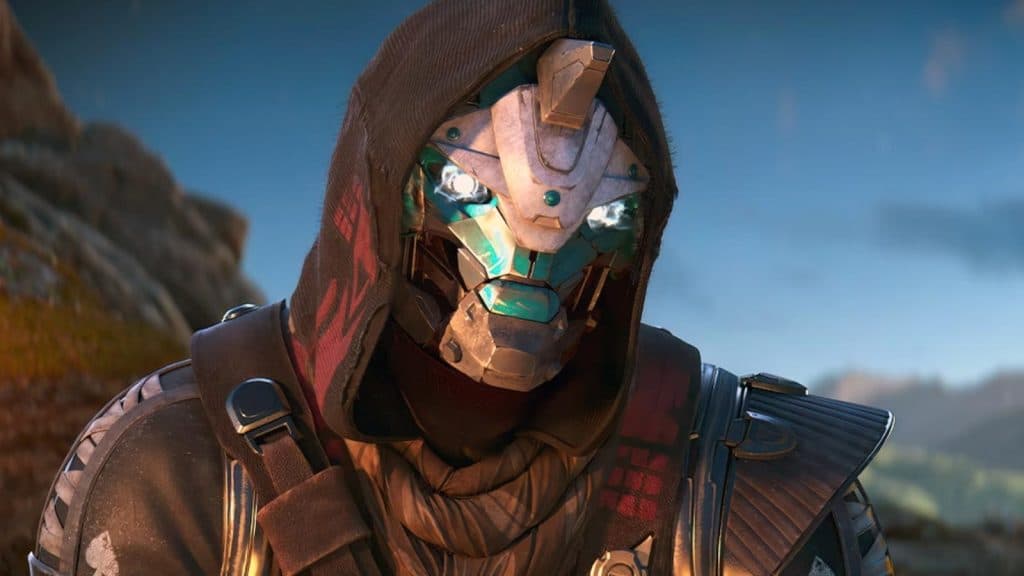 Bungie
BungieSo that is Lightfall’s legacy. A lot of this is unfair to put on the expansion. When looked at just for its parts, it’s a vaguely disappointing story, with some decent seasons, and a great subclass. But Lightfall isn’t really about what comes in the box. It’s a time – the darkest in Destiny 2’s history at that. It all gets swept under the umbrella of the expansion. Lightfall’s ultimate legacy will be entwined in how The Final Shape goes. It’s either the expansion that killed Destiny 2 – or it’s the expansion that nearly killed Destiny 2. Though that distinction is slight, it ultimately means everything.
Within a year, Destiny 2 went from record numbers playing to us not being sure it can exist sustainably. Many are already vowing to finish the Final Shape, the last expansion in ‘the Light and Dark saga’, for completion’s sake and then leave the franchise in their past. Sony is also beginning to scratch its head at the value in Bungie right now, with Destiny 2 having missed massive projections over the last year, and the audience is dwindling to never-before-seen lows. That’s a ridiculous amount to expect The Final Shape to reverse. Even if it’s great, and for the record, I think it will be, can you reasonably expect it to breathe that much rejuvenating life back into an aging game that is ‘finishing’ its 10-year story with no hint as to what comes next?
As someone who has put over 4,000 hours into Destiny 2 alone, it is, and will remain, my favorite game of all time. I really want the game to find its footing again because it feels like I’ve lost a little place I used to call home. I want to believe that the night is darkest before the dawn – but it’s tough.
It’s fitting that our Guardians find themselves in a similar situation to us. With no way to chase the literal embodiment of darkness into the Traveller, we’ve one shot – sending Crow through the portal on a literal wish and a prayer. We know, through marketing materials, that we will follow him and come out the other side of this conflict in-game. However, when it comes to everything outside of it, our one shot is increasingly feeling like The Final Shape. I’m far less certain of it hitting in this reality.